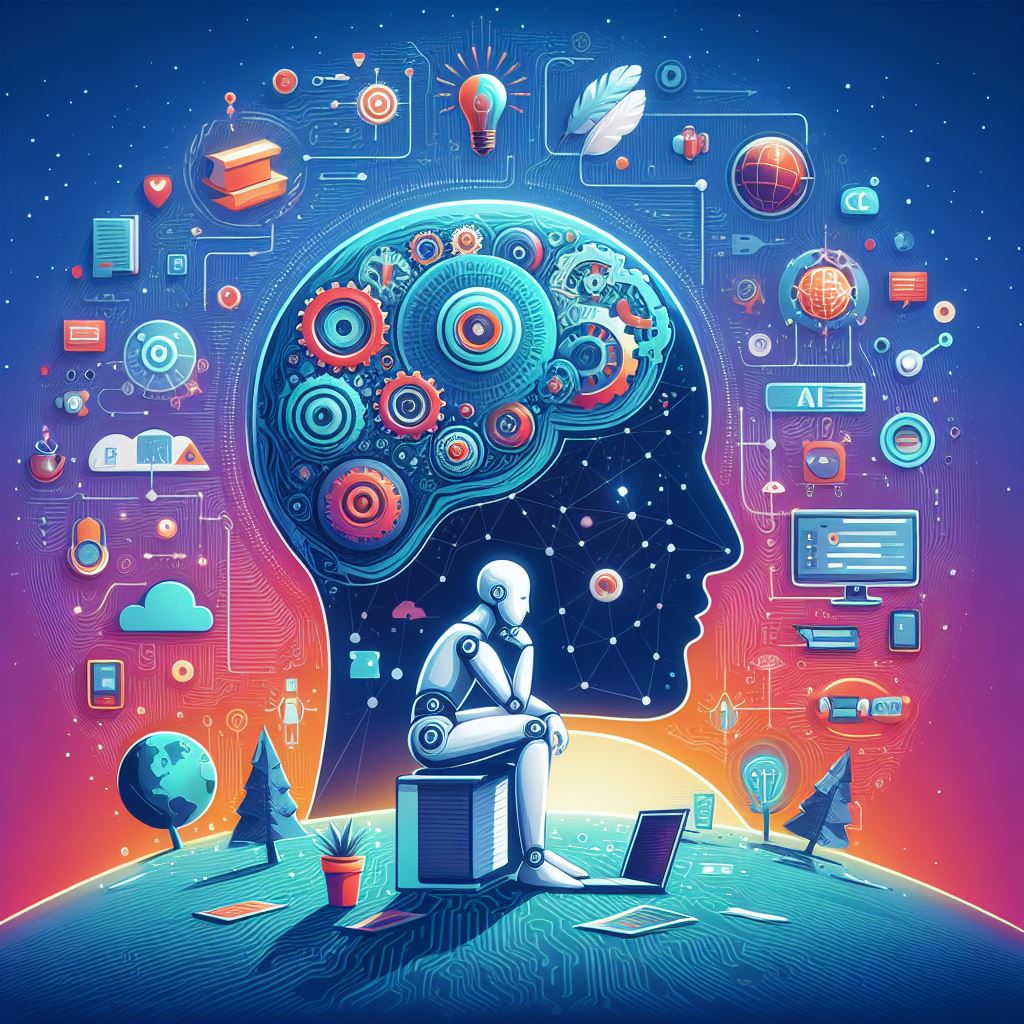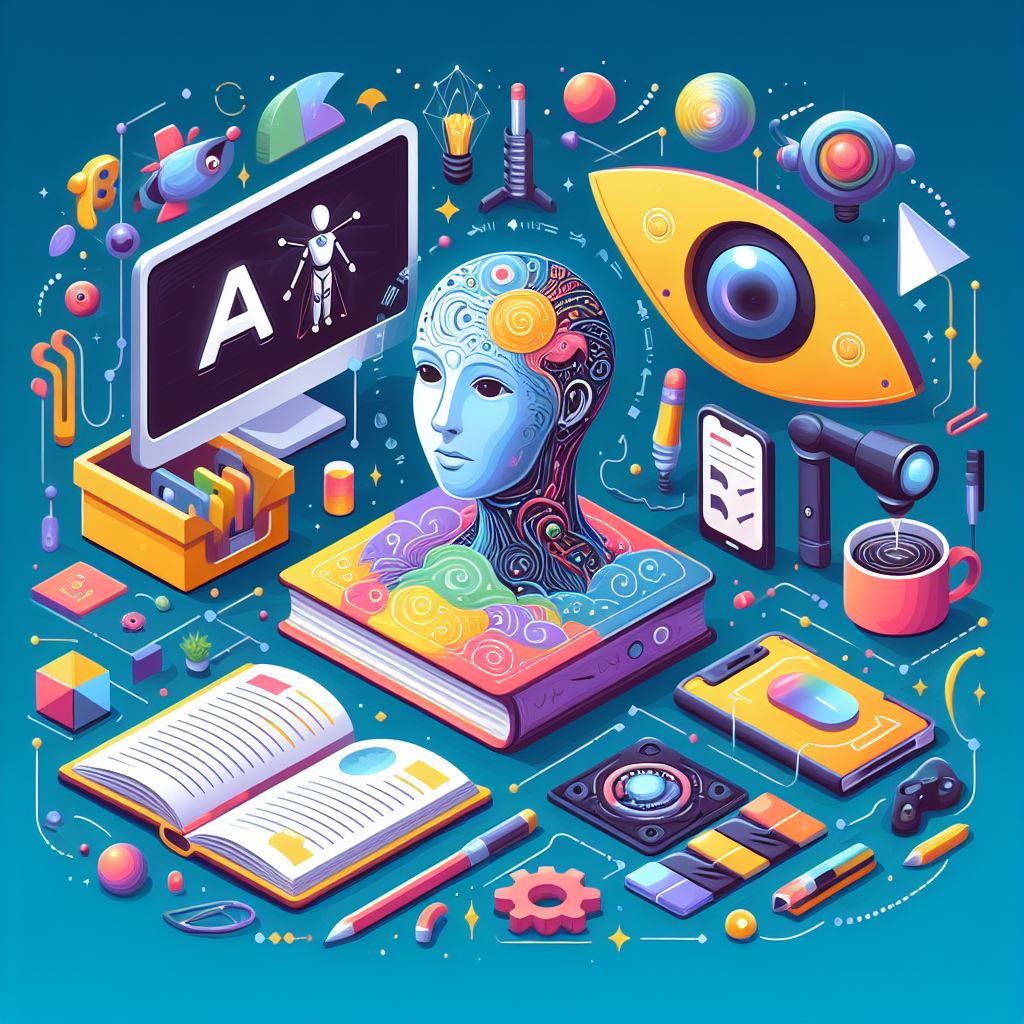Demystifying AI: A Beginner's Guide to Creating Your First AI
Artificial intelligence (AI) isn't just science fiction anymore. While building complex AI systems requires significant expertise, there are ways for beginners to explore the exciting world of AI creation. This guide will unveil the foundational steps involved in crafting a basic AI and provide resources to get you started.
Understanding the Fundamentals
Before diving in, let's establish a basic understanding of AI. AI refers to systems that can mimic human intelligence by learning from data and performing tasks typically requiring human cognitive abilities. There are various AI approaches, but for beginners, we'll focus on a common technique called machine learning.
Machine learning involves training an algorithm on a large dataset of information. This data could be text, images, or numbers, depending on the desired AI function. Through this training, the algorithm learns patterns and relationships within the data. Once trained, the AI can then make predictions or decisions on new, unseen data.
Building Your First AI: A Step-by-Step Approach
Here's a simplified roadmap to guide you through creating a basic AI using machine learning:
Identify a Problem: The first step is to determine what you want your AI to accomplish. It could be a simple task, like predicting weather patterns based on historical data or classifying images as cats or dogs.
Gather Data: Machine learning thrives on data. You'll need a relevant dataset for your chosen problem. Many openly available datasets exist online, or you can create your own. Remember, the quality and quantity of data significantly impact the AI's performance.
Choose a Platform: Several beginner-friendly platforms offer user-friendly interfaces for building AI models. Popular options include Google's Teachable Machine, Microsoft's Azure Machine Learning Studio, or IBM's Watson Studio. These platforms often provide pre-built models and visual tools to streamline the process.
Train Your AI: Following the chosen platform's instructions, upload your dataset and train your AI model. This training process involves the AI ingesting the data and identifying patterns to make predictions or classifications.
Test and Refine: Once trained, test your AI on new data to evaluate its accuracy. If the results aren't ideal, adjust your training parameters or acquire more data to improve performance.
Remember: This is a simplified overview. Each step can involve complexities depending on your chosen problem and platform.
Resources for Aspiring AI Creators
The following resources can provide further guidance and support on your AI creation journey:
- Online Courses: Platforms like Coursera, edX, and Udacity offer introductory courses on machine learning and AI concepts.
- Tutorials and Documentation: The chosen platform you use for building your AI will likely have comprehensive tutorials and documentation to guide you through the process.
- Online Communities: Engage with online communities and forums dedicated to machine learning and AI. Enthusiasts and experts can offer valuable advice and troubleshooting assistance.
Ethical Considerations
As you delve into AI creation, remember the importance of ethical considerations. Bias within your training data can lead to biased AI outputs. Furthermore, ensure your AI is designed for a positive purpose and won't have unintended consequences.
Building your first AI might seem daunting, but with the right resources and a step-by-step approach, you can embark on this exciting adventure. Remember, it's a journey of exploration and learning. Embrace the challenges, and you might be surprised by what you create!




